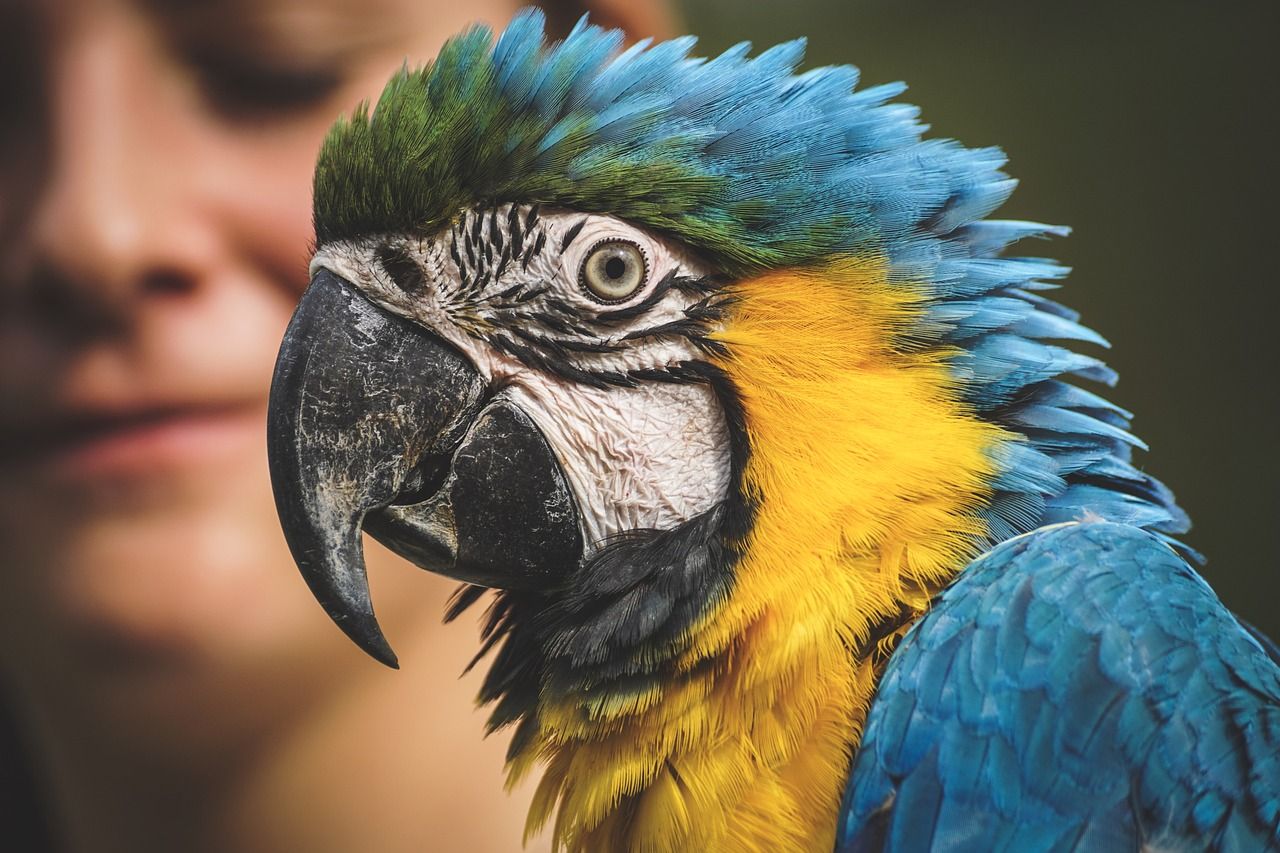Follow us on Google News (click on ☆)
Most animals cannot reproduce the sounds they hear. Parrots, however, possess a special vocal organ called the syrinx, located at the junction of the lungs, which is particularly developed. Thanks to its structure and extremely precise muscles, they can imitate a wide range of sounds, including human speech.

Illustration image Pixabay
But imitation isn't necessarily synonymous with understanding. For many domesticated parrots, words are mostly repeated through association: they learn that a sound triggers a reaction (like receiving a treat or getting attention). Thus, a parrot that says "Hello" in the morning often does so because it has heard this phrase every day at that time, not because it knows it's greeting someone.
That said, some parrots, particularly African grey parrots, have shown signs of much more advanced understanding. The most famous case is that of Alex, a parrot studied by scientist Irene Pepperberg. Alex knew over a hundred words, could identify colors, shapes, materials, and could answer simple questions correctly, such as "What color is the block?" These performances suggest not only impressive memory but also a certain ability to associate words with concepts.
The key likely lies in the difference between mechanical repetition and cognitive learning. Most parrots repeat without fully understanding, but some, under specific education and stimulation conditions, can learn to use words meaningfully.
So, if a parrot repeats "I love you," it might not be thinking about the human meaning of the phrase... but it knows this attracts attention and strengthens a bond. And sometimes, that bond is worth as much as a real conversation.